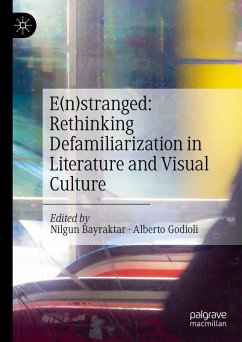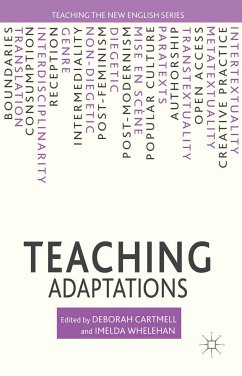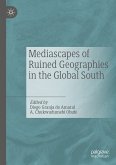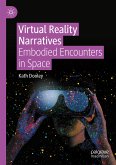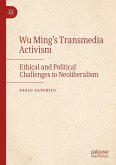Focusing on ostranenie also offers valuable insights into how aesthetic forms serve a political function. Defamiliarization can take on various forms, including retro-futuristic dystopias, stylized films, and darkly humorous cartoons and memes. It can be an effective tool for political activation that relies on formal innovation rather than superficial emotional engagement.
This collection brings together the work of a group of scholars examining defamiliarization across different media. It explores questions such as: How can we differentiate between various forms of defamiliarization and analyze their effects on the reader/viewer? How is defamiliarization connected to the weird, the eerie, or the uncanny? As a result, the collection offers an updated theoretical framework for understanding the wide range of emergent artistic and literary practices of e(n)strangement in the current era and their significant political affordances.
Chapter 6 is available open access under a Creative Commons Attribution 4.0 International License via link.springer.com
Nilgun Bayraktar is Associate Professor of Film History, Theory, and Criticism in the History of Art and Visual Culture Program and Film Program at ¿the California College of the Arts, USA.
Alberto Godioli is Associate Professor in European Culture and Literature at the University of Groningen, the Netherlands, and Programme Director of the Netherlands Research School for Literary Studies.
Dieser Download kann aus rechtlichen Gründen nur mit Rechnungsadresse in A, B, BG, CY, CZ, D, DK, EW, E, FIN, F, GR, HR, H, IRL, I, LT, L, LR, M, NL, PL, P, R, S, SLO, SK ausgeliefert werden.

